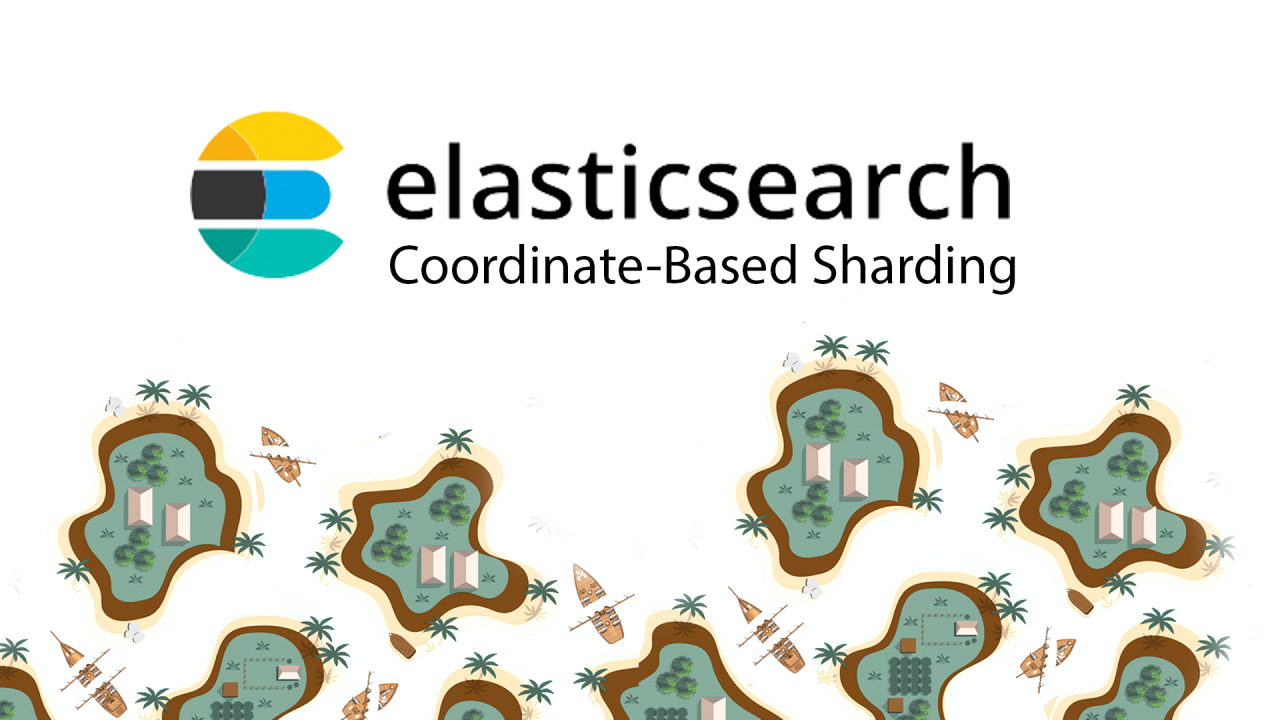
Simplifying Coordinate-Based Sharding in Elasticsearch
Search technology ıs evolving rapidly, largely driven by the advances in generative AI, machine learning, and large language models. These innovation are changing how we approach search, including the management of data within search engines like Elasticsearch. One key aspect of the management is coordinate-based sharding, a method to distribute data efficiently across a cluster.
What is Coordinate-Based Sharding?
Coordinate-based sharding in Elasticsearch is a technique used to distribute data across different nodes in a cluster. This method considers the geographical location or other coordinates of data to optimize search queries and improve performance.
Common Misconceptions
Sharding is Only for Load Balancing
This is a misconception. Sharding is also crucial for optimizing data distribution and enhancing query performance.
Always Use Geographic Sharding
Not necessarily. Depending on the application's requirements, geographic sharding might not always be the best approach.
Shard Count Cannot Be Altered
This is no longer true. With Elasticsearch versions 7.x and later, the number of shards can be changed through the reindexing process. Yes! You can!
POST /_reindex
{
"source": {
"index": "old_index"
},
"dest": {
"index": "new_index"
}
}
Key Considerations
Data Distribution Strategies
Deciding how data is distributed is a critical step in sharding. The strategy must align with the application's needs.
Shard Size and Count
The size and number of shards can significantly impact system performance. Finding the right balance is crucial.
Geographic Positioning
Especially for globally operating applications, considering proximity and accessibility in sharding is important.
Compatibility with Elasticsearch Versions
The version of Elasticsearch you use determines the sharding strategies and configurations available.
Conclusion
Coordinate-based sharding in Elasticsearch offers significant benefits for data management and query performance. However, it requires a careful selection of strategies and an understanding of common misconceptions. The points discussed in this article lay the foundation for an effective sharding process, aligning with the ongoing evolution in search technology.